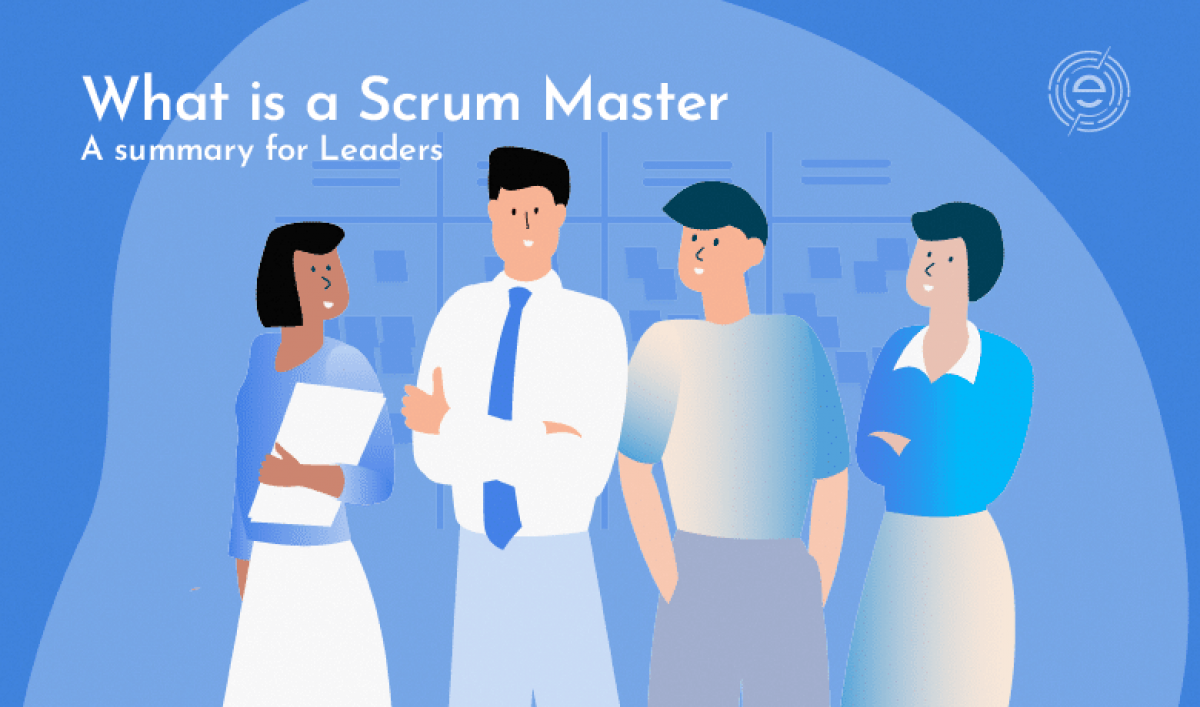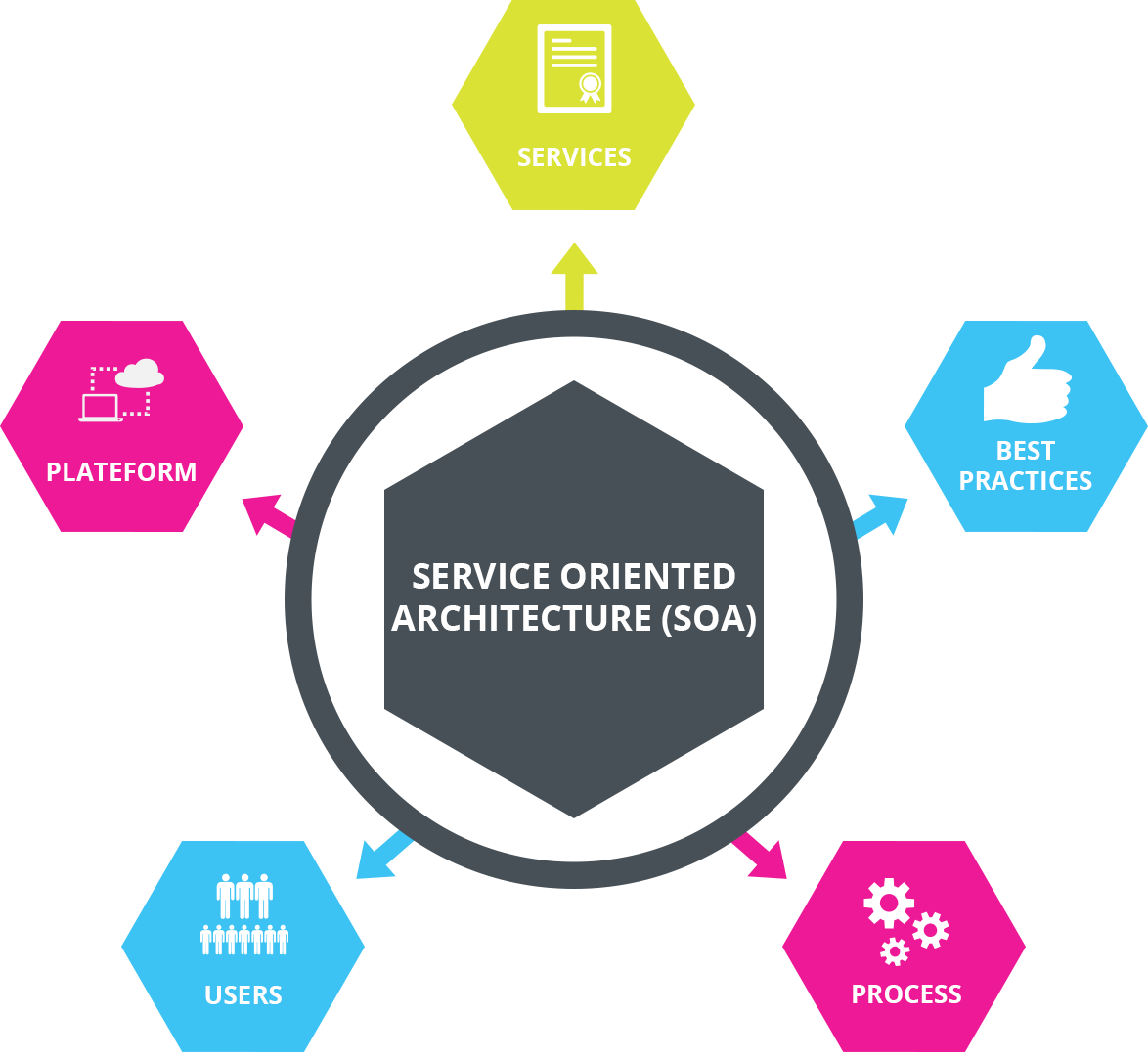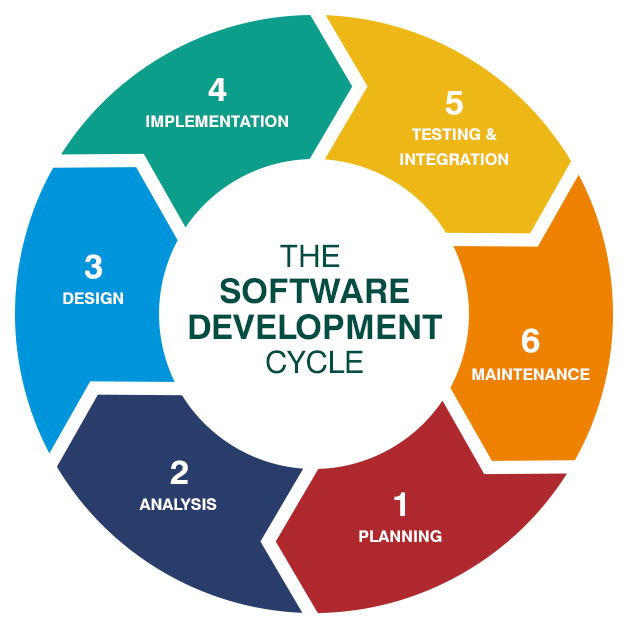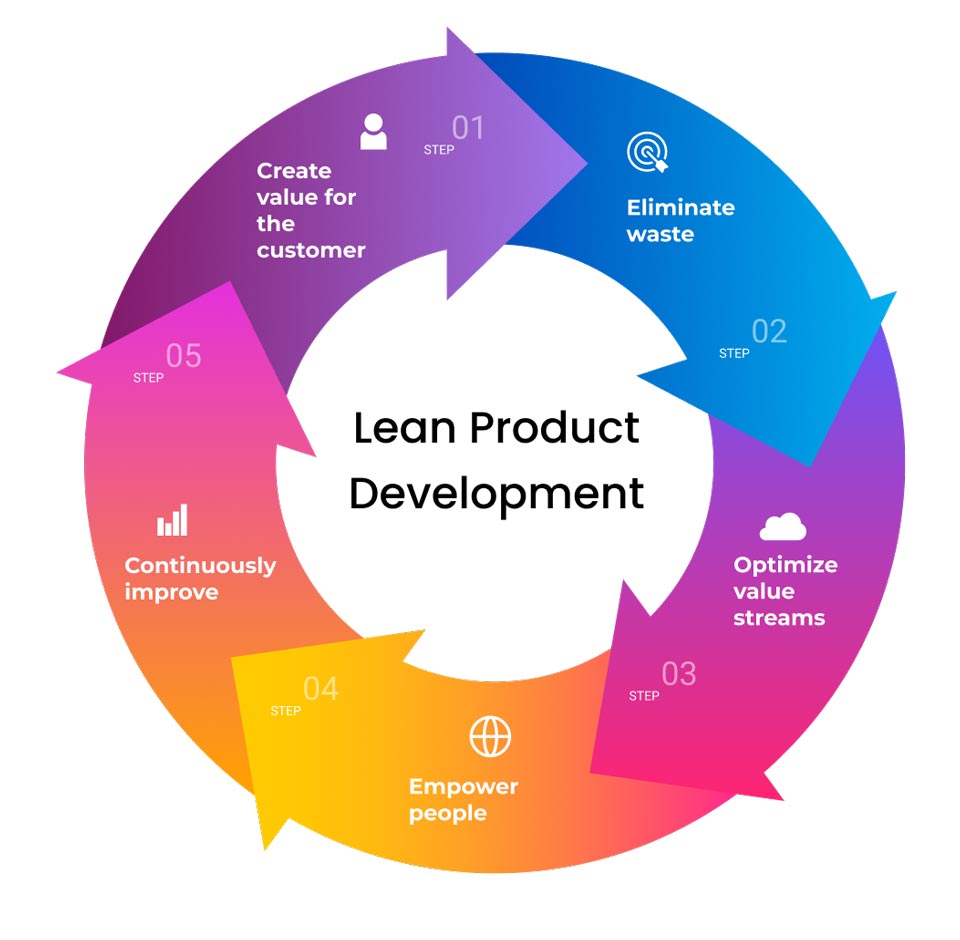What is Scrum in Software Development?
Scrum is an Agile framework that is essential for effective software development. Examine what it is, how it works, and whether it is appropriate for your project.
Scrum is a methodology used by app development Virginia Beach for addressing complex adaptive challenges while producing high-value solutions productively and creatively.
Scrum is most commonly associated with software development, although it has various applications.
It was designed to tackle complicated issues and meet several deadlines simultaneously, making it helpful in various industries.
The Scrum Guide describes all of the essential Scrum rules.
The name may sound mysterious – Scrum took it from a formation used by rugby teams. It is how the team gathers in a circle to start the game.
You may be thinking – ok, but how does it relate to software development?
It does! In Scrum, a well-organized team is a priority. Without a team, Scrum simply doesn’t exist.
Scum is Waterfall’s Opposite.
Scrum is the polar opposite of Waterfall.
The cycle described above is known as a Sprint in Scrum. It may take 1-4 weeks; the time will be agreed upon with the team.
When the Sprint is over, you may expect that specific piece of work – the increment – to be done and perhaps ready for release. Why is this possible? Because the team will ask you at any point if the product is ready to be released.
Scrum pillars in software development
Scrum is founded on empirical evidence and lean technique. As a result, decisions made throughout the development phase are centered on experience and considering the simplest option that will save time and money.
Transparency, inspection, and adaptability are the fundamentals of Scrum in software development initiative taken up by managed service provider. They are linked to one another.
Transparency: It is essential since everything in the work process should be apparent to you (PO) and any team member. When a case is discussed, the Scrum Master ensures that all team members comprehend it in the same way.
Inspection: We should inspect our work process to ensure there is no waste.
Adaptation: If waste is discovered, we must instantly adapt the changes to the process.
Advantages of Scrum
- There are several advantages of using Scrum in software development projects. High visibility of job progress.
- It helps to deliver a working piece of the application after each Sprint.
- It assists in producing a working piece of the app after each Sprint.
- The team works on features that truly add value to you and other stakeholders.
- You have the team’s full support and are recommended by programmers, a group of professionals.
- Your input is included at every stage of the development process.
- The project’s budget and time will be used efficiently, as you can make your further business decisions based on frequent results of the developers’ work.
- Roles in the team are clearly defined, and events have their own sense and rhythm, which increases the efficiency of cooperation.
- The team has a chance to continuously improve the quality of their work, thanks to Retrospectives.
Disadvantages of Scrum
- As stated in the Scrum Guide, Scrum is simple to comprehend but complex to apply; thus, there is a significant danger that the team or the entire business will not accurately realize Scrum.
- There is a catch: when the PO designates the Scrum Master as the team’s point of contact, he becomes a project manager.
- Scrum works best when all team members are equally active and interested in the process.
- Scrum does not function well for projects where the scope of work changes at random, such as maintenance projects.
Understanding the Advantages and Disadvantages of Partnering with an IT Managed Service Provider
IT has become paramount for the success of any organization. Whether you run a small business or manage a multinational enterprise, you can’t achieve your operational goals without robust IT support. Companies either build in-house IT teams or outsource their IT needs to companies that offer managed IT services for businesses. Such companies provide a wide range of IT services like IT consulting, cybersecurity, business continuity planning, IT training, IT support, cloud computing, and software development. A managed services provider can either handle all of your IT needs or work as an extension to your IT team to offer specialized IT solutions.
As compared to outsourced IT services, IT managed services provide proactive IT support to a company. Your IT managed service provider will regularly monitor your IT network and system to ensure they are safe from potential cybersecurity threats like ransomware, phishing, and other malware attacks. Managed IT services providers also offer advice on cloud mitigation, IT up-gradation, or business continuity planning so the company can save their time and money and improve their services. With a managed service provider by its side, a company can take advantage of the latest technologies without costly investments. Many managed IT service providers are specialized in handling the IT needs of certain industries. Partnering with an MSP in your own field can mean patterning with someone who is familiar with your business needs and compliance requirements.
IT managed services are designed to suit the needs of a company. The services offered in a package are flexible and scalable and can be tweaked as per the budget. Most IT solutions and managed services providers offer IT system assessment as a complimentary service. Such services help a company enhance its IT infrastructure and fulfill current and future business needs. MSPs work as an extension to an organization. Instead of hiring IT staff on payroll, you can outsource your IT needs to MSPs at a much lower price. MSPs provide on-premises and virtual assistance to their clients and also offer around-the-clock IT support.
However, there are some downsides to hiring managed services provider. Let’s discuss them here.
Some IT managed service providers offer inferior IT services or are unable to scale with the growing demand. Partnering with such MSPs can create challenges when switching from one MSP to another. Thus, way selecting an MSP, one must do due diligence and analyze the prospective MSP thoroughly. Ensure that whoever you decide to partner with is compatible with your team and understands your business and its requirements.
There are times when an MSP is not capable of providing specialized IT assistance. Sometimes it’s more beneficial to hire an in-house IT team of IT specialists for a particular task. However, the best part about managed services providers for CMMC compliance requirements is that they are flexible with their services.
Before investing in an MSP, first, analyze your business needs and IT department. If your aim is to keep the IT infrastructure of your business up and running, partnering with an IT managed services provider will benefit you. …
Read MoreUnderstanding the Communication Mechanism in a Microservices Architecture
The applications that constitute a microservices framework are executed on various servers. Utilizing protocols like HTTP, AMQP, and TCP, communication between these numerous services is made easier. The two interfaces with the broadest usage are asynchronous messaging and HTTP/REST. A REST application programming interface employed by app development Virginia Beach for online services frequently uses the HTTP protocol. Clients can access and modify an application’s resources by using a standard resource locator along with HTTP methods like GET, POST, PUT, and DELETE (URL).
An application’s functionality can be accessed through a REST application programming interface (API). Clients use API queries to convey their wants to services. Clients can speak directly or through an API gateway with the microservices.
A single point of entry is given for all inquiries made to the services utilizing an API gateway pattern. When a client submits a request, the application programming interface (API) gateway routes the request to the appropriate service.
The backdoor for the interface pattern is one of the variations on the API gateway pattern. Each kind of client receives a unique API gateway thanks to this approach.
Low degrees of communication across the various services are advised norm. When communication is essential, asynchronous communication is preferable to synchronous communication. The service that submitted the request does not have to wait for a reply before carrying on with its operations.
Streaming systems and messaging queues effectively enable asynchronous communication when integrated into the database. Furthermore, these systems can satisfy both of these needs when they offer transactional meaning for data processing and the transmission of a message. Microservice deployment is now simpler and more scalable as a result. The communication across the microservices must be synchronous when just REST APIs are utilized, which frequently inhibits expansion.
What Are the Uses of Microservices Architecture?
The goal of the popular architectural design trend known as “microservices” is to break down complex systems into smaller, loosely linked software artifacts known as “microservices,” each of which implements a particular function or even just a tiny portion of the business logic of an application. Because they attempt to create large systems as groups of fine-grained and loosely connected software artifacts, microservices are becoming increasingly popular. Microservices are frequently used to accelerate the development of applications.
The monolithic architecture that the bulk of businesses was initially founded on inspired the concept of micro, mainly if the company in question has existed for at least ten years. In substitute for a monolithic design, each element of a microservice framework has the following characteristics:
- CPU specific to it
- Own operating system and environment for its runtime
- A specialized crew will frequently be working on it to guarantee that each service may be distinguished from the others.
This approach enables each service to:
- Carry out its particular procedure
- Autonomously interact with each other without requiring the other microservices’ or the application’s overall communication.
How are Microservices better than monolithic architecture?
Java-based microservices architectures are widely used, particularly those created with Spring Boot. Furthermore, comparisons between service-oriented design and microservices are frequent. Although the two methods share the same goal of breaking up colossal software projects into more manageable pieces, they differ in methodology. Additionally, many companies are under pressure from their rivals to modify their systems as soon as possible while minimizing their impact on the systems’ availability.
This necessitates appropriate designs, building features, and development methods. Many of the paradigms available in software engineering can at least partially meet such criteria. These paradigms separate large software systems into smaller, more manageable components, which speeds up product development by increasing modularity, maintainability, and reusability.
Microservices provide long-term agility to managed service provider. Microservices enable the development of programs that are built on a significant number of individually configurable services, each of which includes its own discrete and autonomous lifecycle, improving maintainability in complicated, massive, and highly scalable systems. This is achieved by enabling the development of applications that draw on various services.
Microservices have the additional benefit of being scalable on their own. You may expand out individual microservices instead of having a single, monolithic program that you must scale out as a single unit. Instead of scaling out other sections of the program that do not necessitate scaling, you will be able to enlarge just the functional area that needs more computing power or communication bandwidth to meet demand in this way. As a result, there are financial savings because less hardware is required.…
Read MoreHow to create a fantastic Travel Application in 2022?
When someone chooses to travel, they decide to cross conventional lines. Exploring new and strange areas is usually fascinating, but there are many activities involved. In recent years, travel applications have been a significant factor in making traveling fun. Travel applications make it convenient to arrange your trip, whether for purchasing tickets, choosing accommodations, scheduling meals, seeing the sights, or getting directions. Thanks to these travel applications, you only need to get up from your sofa when you’re actually traveling.
Without question, travel applications are sparking the travel and tourism sector positively. All of this is possible thanks to travel apps, which take the time-consuming steps of booking tickets, exploring a new city to discover lodgings, and being unsure of where to go. Before making travel arrangements, people don’t have to think twice. With simply your smartphone, you may arrange for travel, select the ideal lodging, organize your meals for several days, visit various locations, and much more.
This transition, though, did not happen overnight. It’s also not like an app development Virginia Beach company created an app and made the entire sector digital. Different kinds of apps exist today that streamline the traveling process. Applications for purchasing tickets for transportation are available, while apps for booking hotels make lodging services more convenient. Travelers are guided via tour scheduling and management applications, and the local money is made available through fintech apps.
How do Travel Apps Work?
The underlying technology behind many travel apps varies from one another. Every program, though, focuses on giving the user a specific kind of support. The real-time network operators are primarily reliant on travel apps. Applications combine them on the virtual platform, offer their service insights, and give users access to a portal where they may contact that real-time service.
Steps to Create a Travel App
1. Establish the purpose of your app.
As you learned above, various travel app categories have multiple functions. Consequently, you must first choose your goal before beginning to design the app. You should be knowledgeable about the issue you plan to tackle.
2. Carry out Extensive Market Research
You must be aware of your destination. Detailed market research should be done. Learn about your rivals’ products and services and the areas where you have an advantage over them. To present a convincing argument, be knowledgeable about current trends and customer expectations. Market research is an essential part of building an app. Whether you are a travel company or managed service provider, you will have to conduct an extensive market research before venturing into the field.
3. List the attributes and services you plan to offer.
Once your market research is complete, list the characteristics offered by your rivals and those that will make you stand out from the crowd. After all, to draw their attention, you must provide something more.
4. Work with a reputable app development firm
If you don’t have any experience with software development, you’ll need a team to create the app for you. You might have to pay a few bucks more for a decent squad, but you don’t have to give up on the team. Keep in mind that the quality of your app will entirely depend on the team of software developers you choose.
5. Work with the team to plan.
Be a member of that team rather than the owner. Take part in your task. Verify that everything is proceeding according to plan. Analyze the prototype thoroughly. Suggest the modifications. Query your doubts.
6. Upload the application
Upload the app to the appropriate platform once it has been created.
7. Promote the app.
Don’t forget to spread the word about your software, which is the most critical stage. Use a variety of platforms to sell your software. Promote the app, participate in social media marketing, and invest in advertising. These tricks will all attract users to your app.…
Read MoreWhat is Microservices Architecture, and what are its common patterns?
Over the past few years, the term “Microservice Architecture” has gained popularity amongst app development companies in Virginia to describe a particular method of structuring software systems as collections of services that can be deployed separately from one another. Although one cannot exactly describe this architectural type, it does have some traits in common with other architectural strategies. These include language and data decentralization, automated deployment, endpoint intelligence, and organization based on business capacity. To put it another way, microservices’ ability to function independently is what propels them to the top of the software development food chain.
Common Patterns in Microservices Architecture
- The BFF pattern (backend-for-frontend)
Among the frontend and microservices, BFF offers a simple interface. The front-end team should ideally also be in charge of overseeing the BFF. A single BFF is only interested in one UI. As a result, we will be able to streamline our frontends and create a backend that provides a single view of all data.
b. Entity and aggregate patterns
Based on its identification, an entity is a unique thing. For instance, a product’s name, kind, and price can be used to identify a Product object on an e-commerce website. A collection of items that ought to be treated as a single entity is called an aggregate. An Order would therefore be the accumulation (aggregate) of items (entities) that a consumer has purchased on the e-commerce website. To categorize data in a meaningful way, certain patterns are employed.
c. Service discovery patterns
They are essential in making services and apps easier to find. Service instances in a microservice may differ due to outage, expansion, service discontinuation, and modifications. These patterns provide investigators with methods to deal with this ephemerality. Using service discovery techniques, load balancing may use health screenings and disruption of services as traffic rebalancing triggers.
d. Adapter microservices patterns
The Adapter Microservices design makes necessary adjustments between a legacy API or traditional WS-* based SOAP application and a company-specific API designed using RESTful or lightweight communications techniques and employing the same domain-driven methodology as a conventional microservice. For instance, adaptation is necessary when a development team lacks decentralized control over an application’s data source.
e. Strangler application pattern
By gradually replacing a particular capability with a new service, the Strangler Pattern is a well-known architectural design for breaking monolithic applications into smaller, more manageable units.
Anti-patterns in Microservices Architecture
a. Cohesion Chaos
Services shouldn’t try to do anything beyond their scope and must be aligned to a business system. It is essential for design to manage the functional separation of concerns; failing to do so would impair agility, performance, and scalability, leading to a densely coupled architecture with supply entropy and cohesion chaos.
b. Layered Services Architecture
One of the most common SOA errors was failing to comprehend how to implement service reusability. Technical cohesion was more critical to teams than functional code reuse.
c. Complexity
Organizational maturity is a key component in supporting the microservices architecture. Instead of only sending one-way tickets to the infrastructure team, software companies in VA must reorganize development teams to assume increased responsibility for the entire stack or DevOps.
d. Dependency Disorder
When you are mindful that the items must be used in a precise order to work correctly, dependency disorder can emerge as an anti-pattern. Cohesion chaos may occur if the functional isolation of the concerns is not under control.
Adding an API Gateway is an excellent way to avoid this anti-pattern.…
Read More




